Monkey Business: Borneo and a day with the Orangutans
Borneo
The region evokes images of sprawling jungle, dark forests with murky rivers running through them, exotic animals lurking in tall, towering trees. I’ve always envisioned it to be a mysterious place full of wildlife and dense uninhabited rain forests, a place where you could explore the unknown.
Borneo is about the size of Texas, and is comprised of three countries, Malaysia, Indonesia and Brunei and houses some of the world’s oldest rain forests. This small island makes up about 1% of earth’s land but the tropical paradise is home to over 6% of all the world’s species making it a region with incredible biodiversity. Here’s a couple of facts that made me realize just how astonishing that statistic really is…
– The region has more plant species than North America AND Europe combined, including being home to the world’s largest flower, the Rafflesia.
– They have over 800 species of Orchids!
– There are hundreds of different mammals, birds and amphibians in this small area and over 100 of these species are endemic (can only be found in this region). The forests are so dense that they are frequently finding new flora and fauna. The Borneo Bay Cat wasn’t ever photographed until the late 90’s and in the early 2005 the WWF fortuitously stumbled on a mysterious cat in the jungle that had never been seen before.
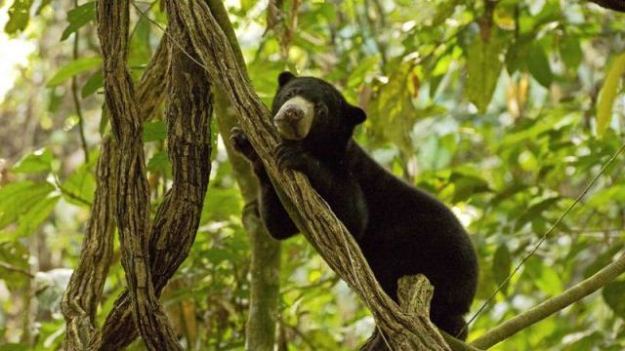
– It’s the only place in the world where elephants, rhinoceros, orangutans and tigers live together in the wild and this is also the only place in the world where you can see orangutans outside of the confines of a zoo.
Orangutan, ‘Person of the Forest’
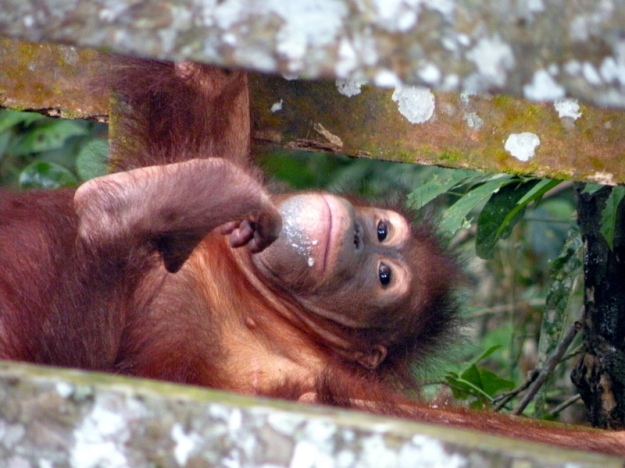
A tip I’ve learned from traveling is to do some research about the location before you go to see if there is anything unique that the place has to offer. For me, seeing Orangutans in Malaysia was a must. Sepilok Orangutan Rehabilitation Center was established in 1964 and rests on the edge of Kabili Forest Reserve, a 4,300 hectare protected rainforest. The facility takes Orangutans who’ve been orphaned or taken in as pets and assists them in acclimating back into the wild. A nursery houses the baby Orangutans so they can relearn how to climb, forage, build nests and relearn other essential behaviors for surviving in the wild.

The Orangutans are taught to come to these feeding platforms for supplemental food if they need it, a process that gradually weans them from human dependancy. The center uses these platforms as an educational opportunity so visitors can witness Orangutan behaviors up close in a more natural environment. A hundred years ago there were over 300,000 Orangutans and the number has now dwindled to under 30,000 so a facility like this ensures that the species will not become extinct due to deforestation and domestication.
Since the animals can forage for fruits and bugs on their own you aren’t guaranteed to see any Orangutans at every visit but I had the fortune of seeing several during the morning feeding and had an encounter in the afternoon where two of the Orangutans wanted to show off for the group so they came up onto the observation boardwalk and followed us through to the exit of the center. The experience is really special even if there is a large group because everyone is silent, patiently waiting to see who will join us for a snack. There are thick ropes that are connected to the food platform and like a spider web they reach out in all directions disappearing into the dense forest surrounding the observation deck. You quietly study the area, peering through the verdant landscape, listening for the rustling of the leaves or looking for a bit of orange fluff, any sign that an ape is making his way in. Overhead one of the ropes starts to pulse, a slight shaking signaling that an Orangutan is coming in to feed. Everyone shoots their heads upwards, cameras out, pointed and ready.
With the stillness of the crowd your senses become more astute, hearing the birds chirping in the background, smelling the crisp clean jungle air, having a keen eye on what’s around you so not to miss a moment of the action. Quickly and gracefully a hairy arm comes into view, the sun shines, illuminating their coppery hair as you look up watching them clutching the ropes, swinging with ease toward the platforms.
The move effortlessly over the ropes, Orangutans are arboreal animals so they are use to spending a majority of their time high above ground in the trees. They swing along over to the mound of bananas and melons on the wooden scaffold, taking time to enjoy their snacks, oblivious to the onlookers below.
They move about the platform, gathering up and eating their fruits. Once they have had enough, one of the staff comes up and provides them with a special treat of milk, they eagerly surround the tray, slurping up every drop. As quickly as they swung in, the Orangutans brachiate, swiftly float along the rope line, disappearing back into the forest. After the afternoon feeding, two of the Orangutans decided to stick around and do some observing of their own as they approached the pedestrian boardwalk which leads back to the entrance of the center. One of the employees guided us back, the group huddled behind him with both apes only a few feet in front of us, using the hand rail as a balance beam and turning back occasionally to make sure they still had a captive audience.
96.4%
You can always make the connection between humans and apes, our genes are 96.4% similar and it becomes apparent when you witness their mannerisms and behaviors in the wild. The way the move, their facial expressions and personalities can be eerily like ours. They utilize what’s around them as tools, for instance they are known to make umbrellas out of leaves to protect them from the rain. They are skilled builders, making several nests everyday for sleeping safely in treetops. Although they are more solitary creatures, these apes care for their young for up to seven years, a weaning length second only to humans.
Protect Borneo and the Orangutans
What can we do to ensure these animals continue to thrive and their forests are not destroyed? Not only Orangutans, but hundreds of other species are threatened by deforestation of Asia’s last great rainforest. Logging, fires and the destruction of forests for palm oil plantations all contribute to the growing problem that these animals face. The WWF is promoting a Heart of Borneo Initiative that will be a collaboration of the three countries to help ensure sustainable and responsible forestry and agriculture as well as protecting animals like the Orangutans from illegal wildlife trade.
~ Click here to go to the World Wildlife Fund website to alert your government officials that this cause matters to you.
~ Click here to Adopt an Orangutan your donations help to fund projects like the Rehabilitation Center
~ Make sure when you do go to visit areas like Borneo you are carefully selecting tour companies that care about the environment where you are visiting. I used Borneo Eco Tours and was impressed with how committed they were to educating their groups along with the commitment to care for their community and environment. Thanks so much for such a wonderful experience!!
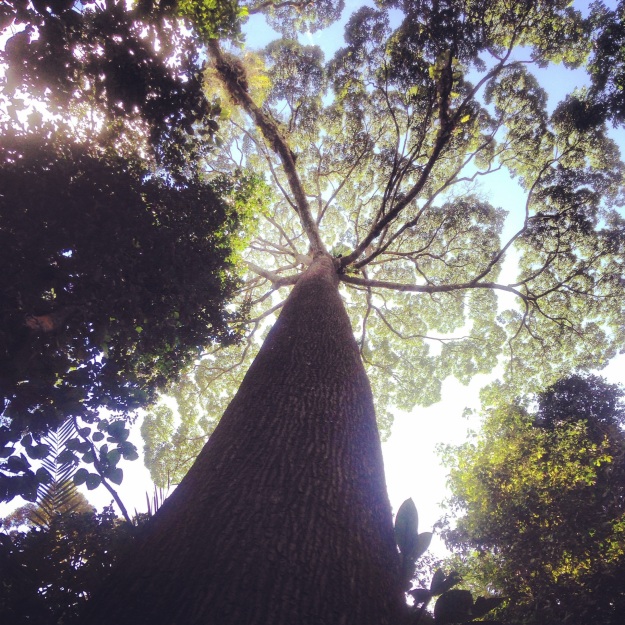
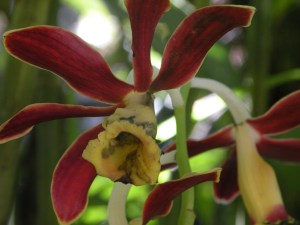
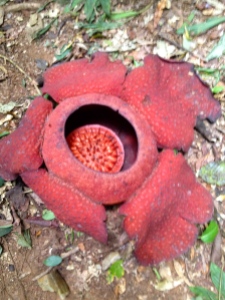
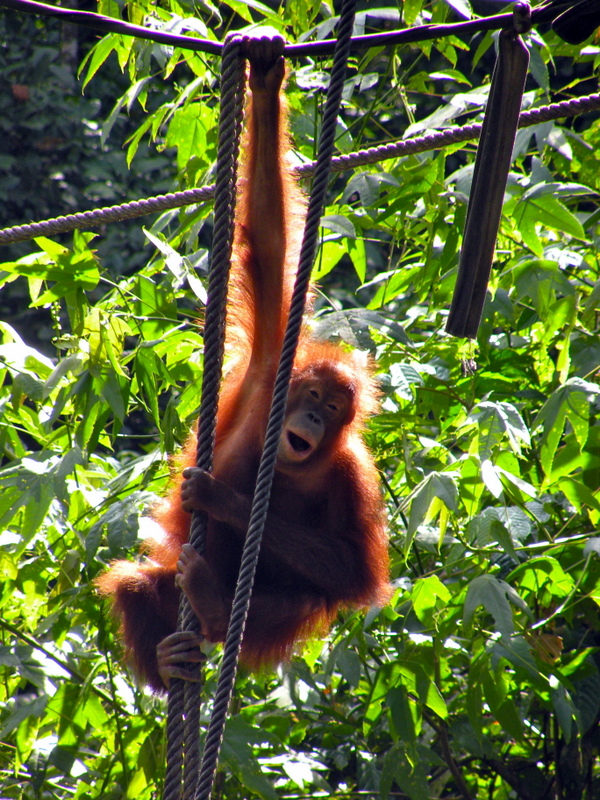
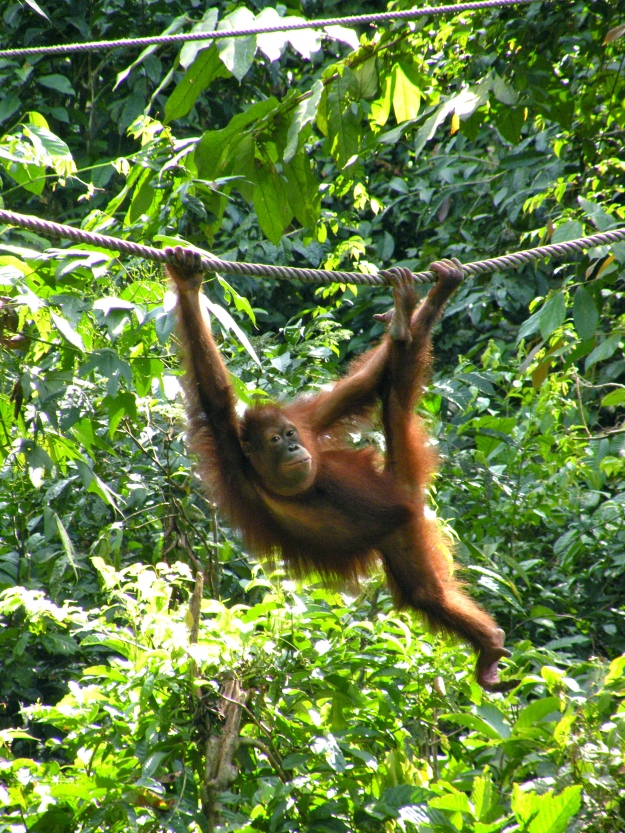

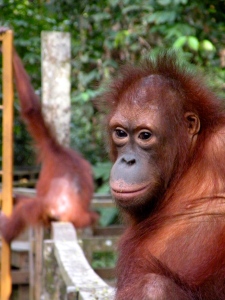
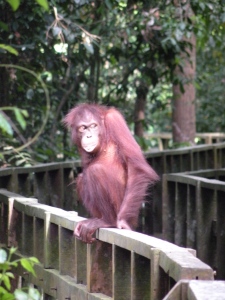
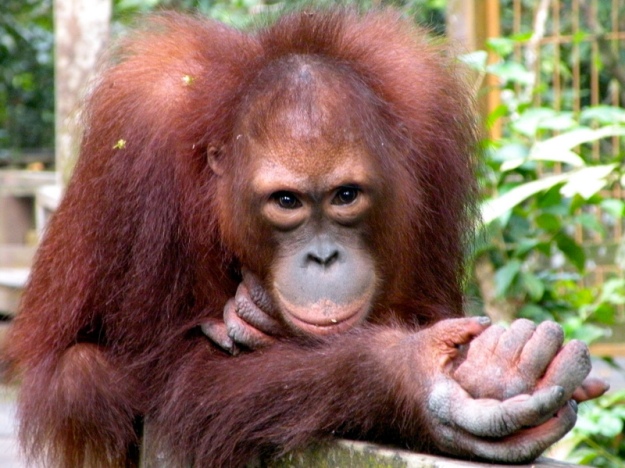




0 Comments
Crisey
I always enjoy reading your articles learning new things from your adventures!!
Crisey
I always enjoy reading your articles and learning new things from your adventures!!
Mary Walto
I love reading your blog and learning new things about all the places you visit. Its a geography lesson with sitting in the classroom!!!
Jean Stoehr
I totally enjoy reading about what you have seen and experienced. I find your views to be sincere, candid and comprehensive. I hope you continue to educate us!
Arnoldine Lawson
Wow! Amazing photos and info! Thanks! Your beautiful Abbie is so talented! Also, is there any news about dear little Patrick? See you on Saturday! Love, Dee
Sent from my iPhone
>